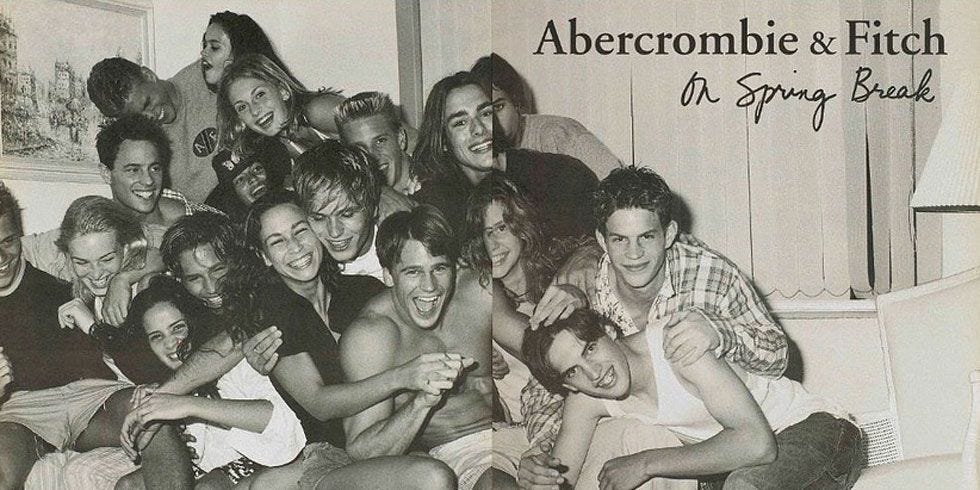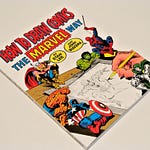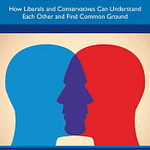For someone whose decade-long writing career can be attributed almost exclusively to one astonishingly viral essay1 about a bizarre eight-month stint at Abercrombie & Fitch, this two-hour episode served as an opportunity to put to bed all things A&F-related.
In this vintage What’s Left? episode, former Wall Street Journal reporter/Jezebel writer/&c. Moe Tkacik joined me to discuss the cultural legacy of Abercrombie & Fitch.2 Topics include the recent Netflix documentary (in which Moe appears and I declined to appear), Gen-X culture, the rise of the mall, billionaire sex cults, Dinosaur Jr., Reality Bites, the rise of the "corny," Abercrombie's approach to the presentation of the male body, and more.
Note: there was an unavoidable audio issue with the episode, which we've cut around using the theme music from Jeopardy!
Suggested viewing
The Netflix documentary White Hot: The Rise & Fall of Abercrombie & Fitch
Suggested reading
Bateman, "I sold my body to Abercrombie," https://www.salon.com/2014/05/05/i_sold_my_body_and_nearly_my_soul_to_abercrombie_partner/
Bateman, “The slow death of the no-logo movement,” http://america.aljazeera.com/opinions/2014/9/fashion-abercrombieandfitchnologocommodificationofcool.html
Maureen Tkacik, "Look at Me!" https://archives.cjr.org/cover_story/look_at_me.php
Its sudden success in 2014 would appear to make little sense, given that most of what I covered was known about the company for years. Per my subsequent conversation with A&F’s former Chief Diversity Officer Todd Corley, his presence there — which ended right around the time my piece dropped — had meant that the company was capable of running effective damage control when negative stuff like this appeared. With him gone, nobody was minding the till, so the article gained traction in the mainstream media. It was was excerpted in nearly all the leading Cosmo-type magazines of the day, including Cosmo itself, and I appeared on a few primitive pre-Patreon podcasts and trifling daytime TV shows. Honestly, the essay was a bit sappy — particularly the ending — and I’d write it completely differently were I to draft it in 2023. Perhaps I’ll share an updated version with the Substack in the coming weeks.
I don’t regret it. The documentary was a bit of a thumbsucker, as I explain in the episode, failing to cover what I found interesting about my time there (the nearly all-gay upper management really disliked thick women — it was 2002, after all! — and effeminate men). Racial discrimination wasn’t nearly as pervasive, though perhaps it became so in later years. I wouldn’t know because I wasn’t there. At any rate, it was on the subject of race that the documentary chose to focus its time. Speaking of which, the runtime was likely 10-15 minutes shorter than expected because I no-showed my shoot in Pittsburgh, for which I do feel kinda crummy in light of how little notice I provided.














Share this post